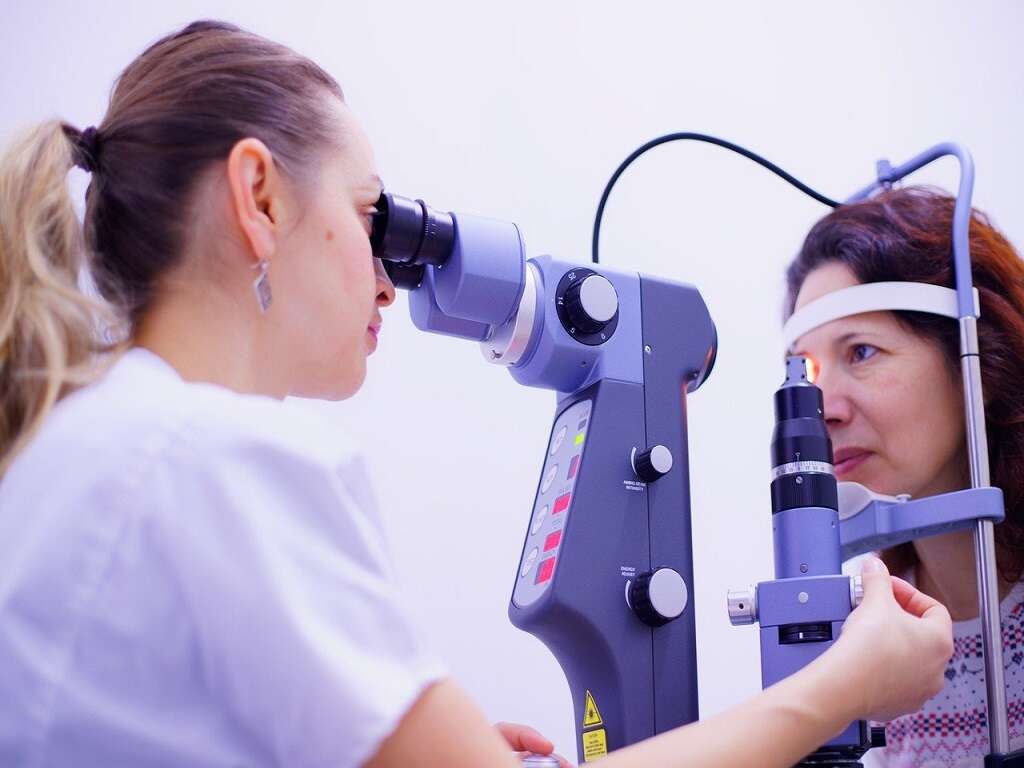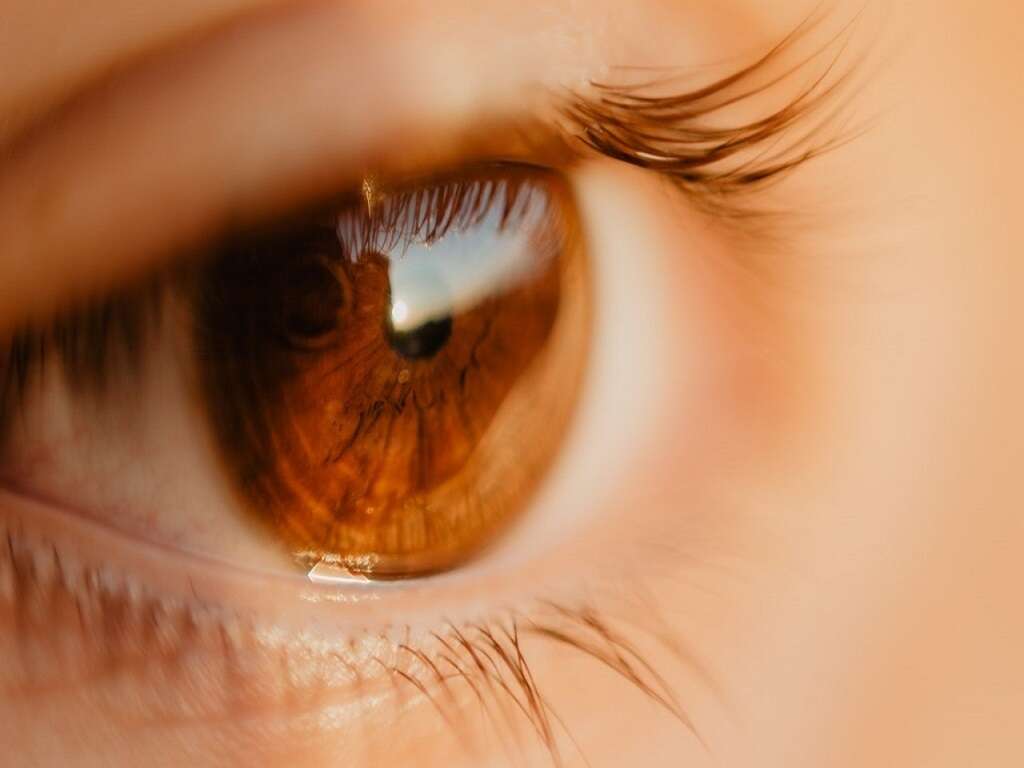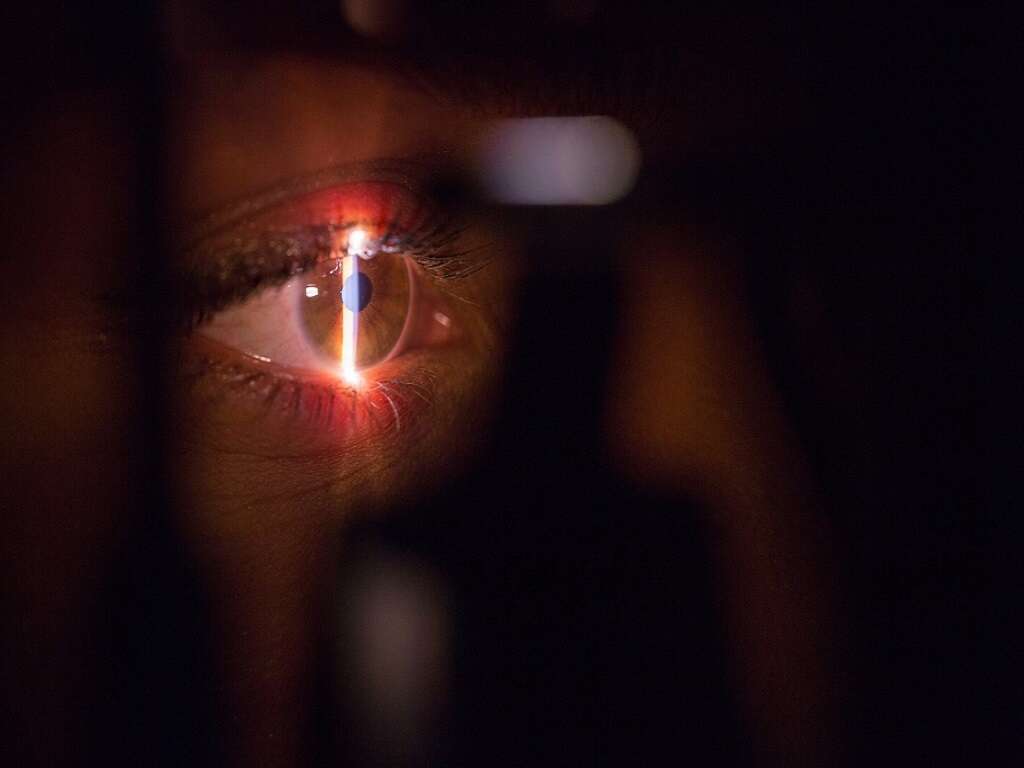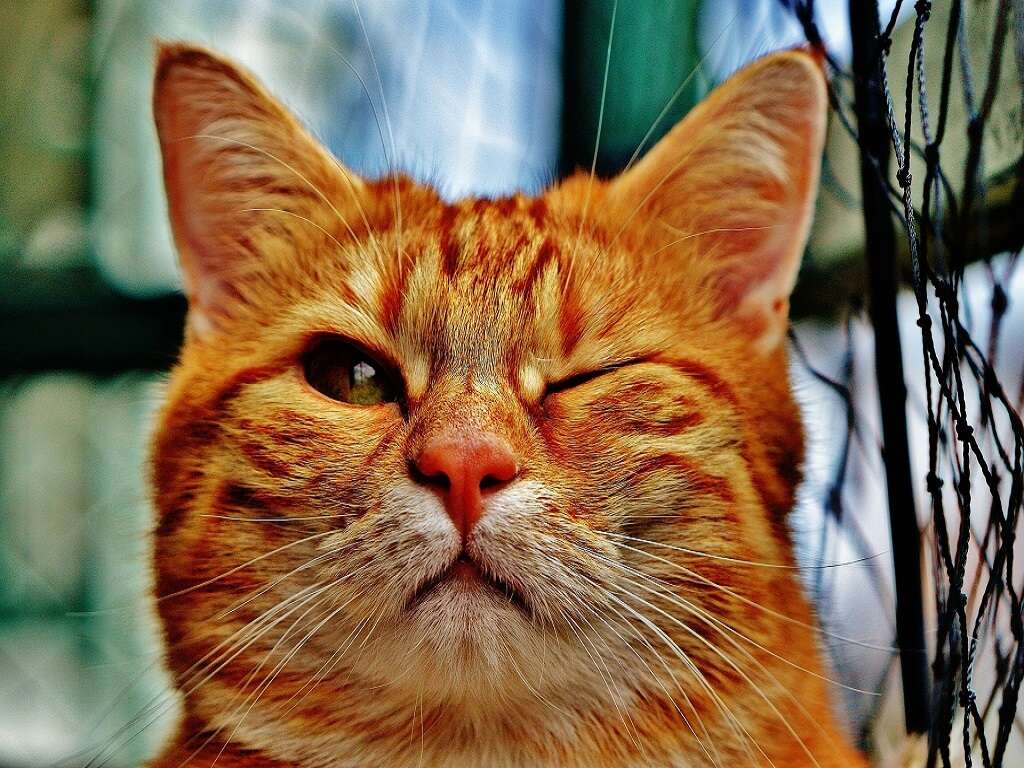What Is Esotropia?
2. Infantile Esotropia
Infantile esotropia refers to the inward deviation of the eyes before 6 months of age. A frequent consequence of infantile esotropia is amblyopia. The exact cause is still unclear and, therefore, an effective treatment plan is still unavailable. Infantile esotropia is a constant esotropia and often associated with ocular conditions such as dissociated vertical deviation, oblique muscle overactions, defective abduction, and manifest latent nystagmus.
This type of esotropia accounts for 28 to 54% of all esotropias. Based on a population study from 1965 to 1994, the birth prevalence is estimated to be 25 per 10,000 births. It affects 1% of full-term healthy infants and a higher percentage in those with prematurity complications. It may also be associated with higher prevalence of ocular, craniofacial, and neurologic anomalies.
Advertisement












